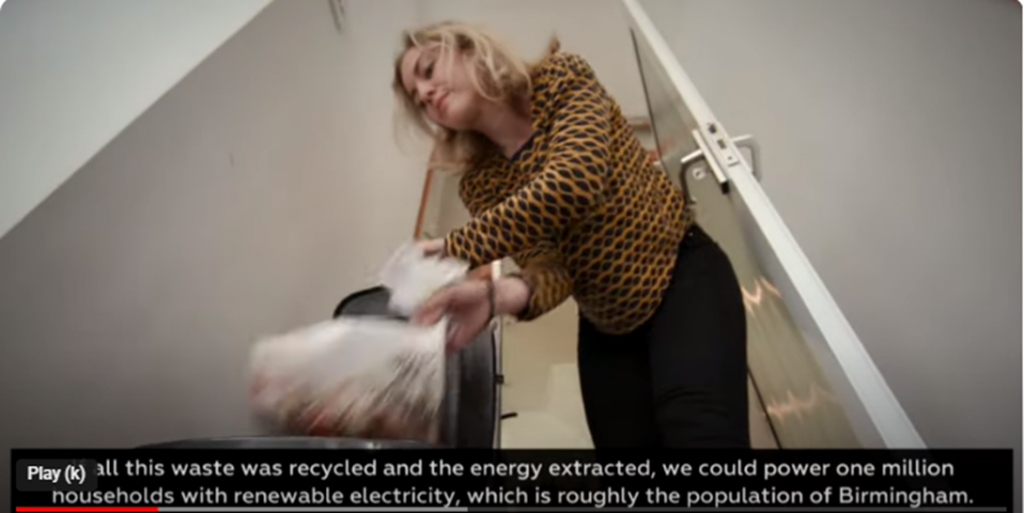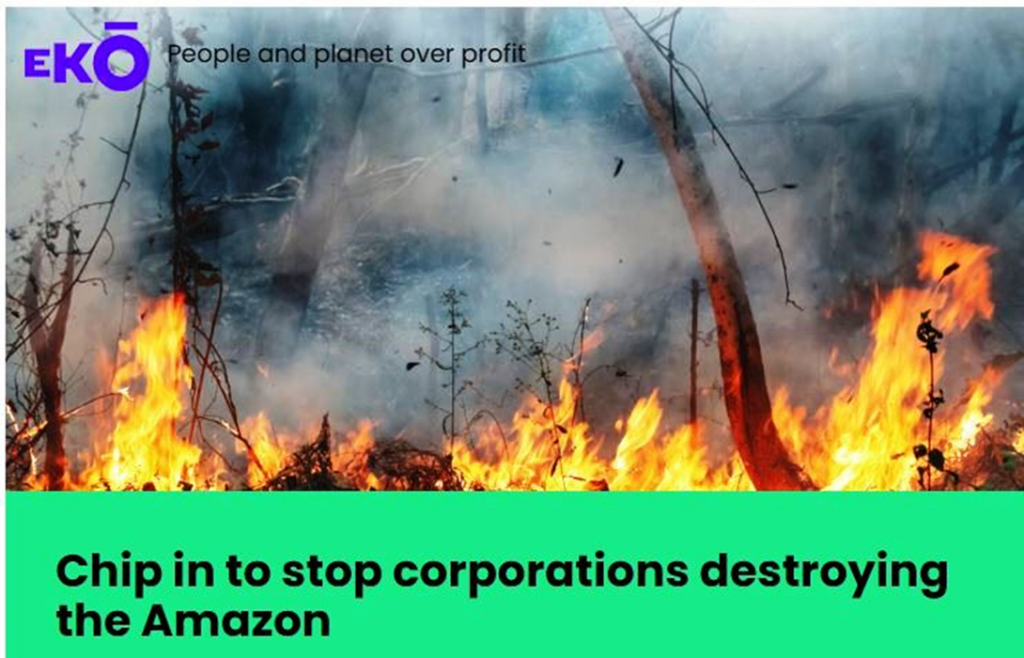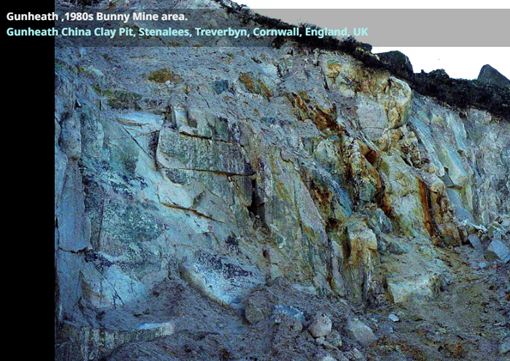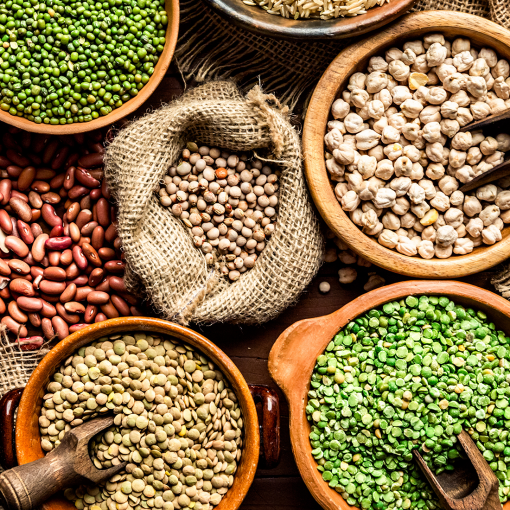23rd February
As the dark days and heavy rain continue, I hope that a basket of stories in sunny California, plus new ideas for a South American Ceremony of Climate Hope in May will help lift the spirits.
The idea to research topics in California came to me from a reader, Bruce in Cambridge. He sent me a story about food-waste recycling, which chimes very much with this part of the world too. We have just embarked on a new system here, collecting food every week… but I will come to that in a later section.


Mining area for borax, sulphur and mercury AKA cinnabar

The very word California transported me back to days I spent living and working in the USA. From 1983 to 1985 I was teaching and studying in Denver, Colorado … a place with an average of about 320 sunny days out 365 in the year!! Have to admit, those 40 odd bad days could be very hard, bringing fierce snowstorms, ice and plummeting temperatures. But over all it was a joy to wake to blue sky almost every day!
At the end of my time in Denver I took a train journey, through the Rockies to the West Coast and ended up staying a couple of weeks in LA, San Diego and over the border into Mexico. So, forgive me for using my own ancient photo album here, as I reflect on the California I saw – home to major mining, oil and gas industry explorations. And this brings me to discover that nearly 40 years later it puts out the opposite message – ‘it has long prided itself on pioneering in the field of sustainability’
CURRENT STATEMENT While California is still a top-10 oil-producing state, production has been declining since the mid-1980s.
What is the truth? How much progress has been made?
https://www.climatechangenews.com/2021/05/07/california-biggest-producer-planning-go-beyond-oil/ Published on 07/05/2021, 5:45pm
Governor Gavin Newsom has ordered a plan to phase out oil and gas production in California by 2045, but the industry won’t go down without a fight.
Last month, Newsom ordered the Geologic Energy Management Division (Calgem) “to initiate regulatory action to end the issuance of new permits for fracking by January 2024”.
At the same time, he “requested that the California Air Resources Board (CARB) analyse pathways to phase out oil extraction across the state by no later than 2045”.
“As we move to swiftly decarbonise our transportation sector and create a healthier future for our children,” he said, “I’ve made it clear I don’t see a role for fracking in that future and, similarly, believe that California needs to move beyond oil.”
Later in the report, we hear of a Chevron oil plant at Richmond, where a reporter, Jessica Tovar, recalled working with a Mexican man who cleaned the vats at the oil refineries.
“The vats contain the heaviest and dirtiest… he described it as tar. He told me that when he would go home, he would be coughing up the same tar he was cleaning in these vats and then he developed cancer and died in his fifties,” she said. “He was a very healthy strong man and once he developed cancer I saw him pretty much wither away within a year.”
This health burden hampers school performance, job performance and dampens property prices. CBE ultimately wants Chevron out of Richmond, but in the short term is campaigning for refiners to install “wet gas scrubbers” to reduce air pollution. Yet Chevron claims air quality in Richmond is similar to other Bay Area communities and says: “We are continually working to improve our environmental performance.”
Despite all of the above, since 2021 Gavin Newsom has flip-flopped to and fro with his approach and legislation. Sometimes fracking is OK and then it’s not. Did he start having lessons from Rishi on this?

How do voters respond?
3 out of every 4 Californians say that the state’s role as a world leader in flighting climate change is important to them. At least 3 in 10 have held this view since PPIC started asking this question in 2017, after the president’s announcement that the United States would withdraw from the Paris Agreement. This widespread view tracks with the state’s longtime climate leadership position on the world stage, and it’s a model for other subnational actors and their climate-conscious citizens, especially cities, to establish and follow.
Today, majorities across state regions and among age, education, gender, income, and racial/ethnic groups retain this view. However, political parties are split, with 91 percent of Democrats and 71 percent of independents deeming it important, compared to 34 percent of Republicans. In California, Democrats outnumber Republicans in voter registration (47 percent to 24 percent).
In July 2023 U.S. climate envoy John Kerry met with Chinese officials in a sweltering Beijing to press the fellow economic juggernaut to urgently reduce its climate-warming greenhouse gas emissions. Kerry called the conversations “frank,” but China insisted that it would follow its own timetable for reducing emissions, and the two countries did not reach any agreement.
But cross-border action isn’t the only way forward for the world’s two largest polluters. California, even while suffering through its own record heat wave, may offer a model for overcoming the impasse that has stalled national and international action. This report concludes ‘California can be a model for subnational jurisdictions frustrated by a lack of progress. Indeed, its local power grids have held up through repeated extreme weather events and the state economy has remained strong. Leaders at all levels of government in China and the United States can look to California as an example of making progress on climate action without national or international action.’

Food Waste for Energy
This then brought me to our new food-waste expectations, compared with theirs. We seem to be doing rather well, but they are reported to be struggling! View this very informative Somerset UK film 1st … https://www.youtube.com/watch?app=desktop&v=2I8Tjb4Fy-Q


2 years after California launched an effort to keep organic waste out of landfills, the state is so far behind on getting food recycling programs up and running that it’s widely accepted next year’s ambitious waste-reduction targets won’t be met. Over time, food scraps and other organic materials like yard waste emit methane, a gas more potent and damaging in the short-term than carbon emissions from fossil fuels.
It has been hard to change people’s behaviour in such a short period of time and cities were delayed setting up contracts to haul organic waste due to the pandemic. In Southern California, the nation’s largest facility to convert food waste into biogas has filed for bankruptcy because it’s not getting enough of the organic material. “We’re way behind on implementation,” said Coby Skye, the recently retired deputy director for environmental services at Los Angeles County Public Works. “In America, for better or worse, we want convenience, and it’s very difficult to spend a lot of time and effort educating people about separation.”
Meanwhile, some communities that ramped up collection now have more compost than they know what to do with, a sign that more challenges are yet to come as the nation’s most populous state plows ahead with its recycling plans.
Only a handful of states mandate organics recycling, and none are running a program as large as California’s, which seeks to slash by 75% (from 2014 levels) the amount of organic waste it sends to landfills by 2025.
It will be interesting to see if some of these issues arise in Cornwall too.

While we are still on FOOD, let me alert you to a special event coming soon in Truro. 2nd March from 3.30 to 6.30 at the Moresk Centre, TR1 1EF

‘The Why Eat Plants?’ event will explore and provide evidence on how we may review what we consume considering; planetary, human and animal health. This information-sharing event offers speakers, videos and interactive sessions, as well as a brief community conversation. There will be future planning handouts to take away.
It is a free event with Chaat, Cacao Truffles and drinks provided. Please come along and gain some new insights into why we should be eating plants.
Sign up to attend on Eventbrite – https://www.eventbrite.co.uk/e/why-eat-plants-this-free-talk-may-make-you-rethink-your-food-choices-tickets-815311728327?aff=oddtdtcreator
And – if I may – here is news of another event, in the Meadow Barns series of information sessions to help avoid floods and improve water management in Luxulyan.


The Time has Come! We are pleased to offer you the next session in our series of presentations and discussions on the Future of Water through Luxulyan. This will be at 7 pm on MONDAY MARCH 4th, when Chris Elliot of On-Stream (small Devon-based hydro development company) will share ‘Restoring Leats Today – Stories of Success across the UK’. I think it is vital that we hear how other places have overcome problems and arrived at beautiful and efficient solutions, before we have a 2nd session in May on specific ideas for Luxulyan.
THE VENUE for MARCH 4th is LUXULYAN VILLAGE HALL.
We would appreciate knowing who wants to come and hearing of any specific questions or issues they would want to ask. Just send a message to me, or to Bob Hatton. And also, please bring some cash to put into the donations bucket. There are costs being incurred here, on your behalf! Thank you.
I have added the full collection of images from Old Walls, to illustrate some of the challenges and solutions which Chris will deal with for us.
https://www.on-stream.co.uk/?fbclid=IwAR3yY9Qg-_vO4TTw-R_twr6QLRserFMPlsR5h0POu6xUNxtEw0wrAwnv7hM
BACK to CALIFORNIA for RENEWABLE DIESEL
As a final word on the green ambitions of California I thought it would be interesting to discover if they are using HVO or other renewable motoring fuels there.
Before reading on, it is important to grasp the difference between renewable diesel and biodiesel. The US official explanation says ‘Renewable diesel production uses a hydrogenation process (hence HVO or Hydrogenated Vegetable Oils) rather than the esterification process used to produce biodiesel. Because renewable diesel is a drop-in fuel, it meets ASTM D975 specification for petroleum diesel and can be seamlessly blended, transported, and even co-processed with petroleum diesel.’
The situation is set out here:- https://www.eia.gov/todayinenergy/detail.php?id=57180 from which I have extracted the following:-
California’s renewable diesel consumption grew substantially after its Low Carbon Fuel Standard (LCFS) went into effect in 2011. Between 2011 and 2021, consumption grew from 1 million barrels to 28 million barrels per year, over 18 times its original volume.
The California LCFS requires transportation fuels used in the state to be mixed with biofuels to lower their carbon intensities. California is the only state that offers a rebate to customers who purchase renewable diesel specifically, increasing renewable diesel use in the state as it becomes more economically competitive with biodiesel. Other states have various biodiesel laws and incentives.
Oregon was the only other state where renewable diesel was consumed in 2021, but it accounted for less than 1% of the U.S. total. Oregon requires petroleum diesel fuel sold in the state to be blended with either biodiesel or renewable diesel. Beginning in 2023, Washington also began requiring petroleum diesel to be blended with biodiesel or renewable diesel, but it did not report any renewable diesel consumption in 2021.
6 states—Louisiana, North Dakota, California, Wyoming, Washington, and Kansas—accounted for all renewable diesel production in the United States in 2021. Many of the plants in the other states have exclusive agreements to send all of the renewable diesel they produce to distributors in California.
Louisiana, with its substantial petroleum infrastructure, has been the state with the most renewable diesel production since 2011. More than 9 million barrels of renewable diesel was produced in Louisiana in 2021, about 46% of the U.S. total. A plant located in Norco, Louisiana, has the most renewable diesel production capacity in the United States, about 64,000 barrels per day.
U.S. renewable diesel production capacity could more than double by 2025, boosting domestic production. We expect that both renewable diesel production and consumption will continue to grow in the United States over the next few years.
NEXT TIME – the motoring issues still keep coming. I will be looking into Toyota and its ammonia driven cars, the sale of Polestar to China, switch of investors to hydrogen and latest guidance for fire fighters, re handling the combustion of lithium.
DOWN the COAST to SOUTH AMERICA
After such a success with the China project, initially it is proving a challenge to select what we might work on for May Half Term. I have decided we will be looking West this time, but also into the southern hemisphere, for a deeper delve into the Amazon. Rainforests were touched on, briefly, in our first Ceremony last March, but there is so much more to investigate climate-wise, and in the different cultures, festivals and foods along the way.



Of course, we want to continue building relationships in and around Truro area, especially with the young dancers, so I hope to find stimulating movement and music at Theatre Royal in Plymouth this evening. And will be watching more South American performances soon.
Let me finish with a plea. We get asked to sign so many online petitions, but I think this one is practical and – if we engage – perhaps it can make a difference. It concerns fighting The world’s worst destroyer of Amazon rainforest, meat producer JBS.





